India’s General Election: A Consequential Test of Democracy
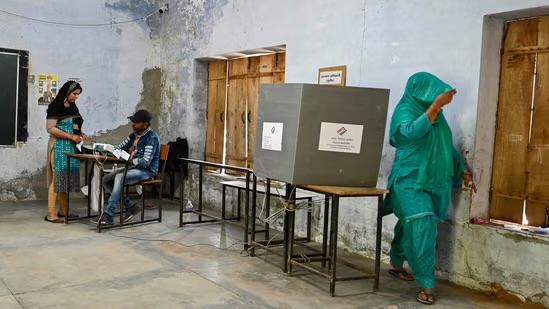
New Delhi — As India, the world’s largest democracy, gears up for its general election, the stakes couldn’t be higher. With a population exceeding 1.4 billion and nearly 970 million eligible voters, the electoral battleground is set for Prime Minister Narendra Modi and a broad alliance of opposition parties.
The upcoming phase on May 7 will see voters in 93 constituencies across 11 states and territories cast their ballots, marking the third phase of a seven-phase electoral marathon. This phase features notable figures like India’s interior minister, a perfume magnate, and the scion of a former princely state.
Modi, known for his Hindu nationalist agenda, first ascended to power in 2014, promising economic development and an anti-corruption crusade. However, his tenure has been marred by rising unemployment, attacks on minorities, and curtailment of dissent and press freedom.
Opposing Modi is a unified opposition under the banner of INDIA (Indian National Developmental Inclusive Alliance), led by Rahul Gandhi of the Indian National Congress. Despite internal challenges, the opposition aims to deny Modi a third consecutive victory.
The election process, spanning six weeks and culminating in results on June 4, involves over 10% of the world’s population electing 543 members for the lower house of Parliament. The use of electronic voting machines streamlines the process across more than a million polling stations.
Key issues at stake include the erosion of democratic norms, attacks on religious minorities, economic disparity, and the consolidation of executive power. India’s status as a global power and its trajectory vis-a-vis China also hang in the balance.
As the world watches, India’s election serves not only as a gauge of its democratic resilience but also as a harbinger of global political dynamics in the years to come.






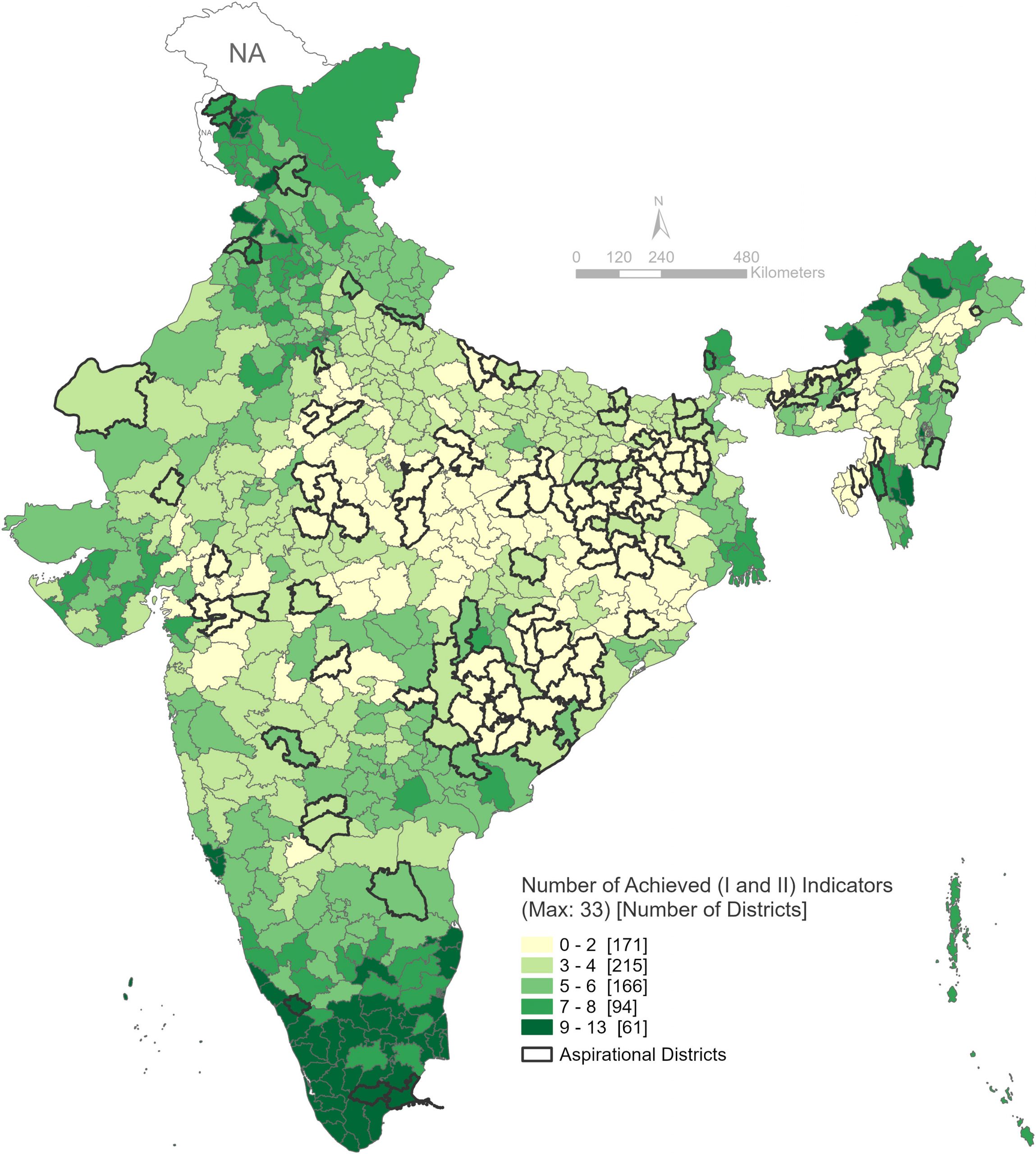

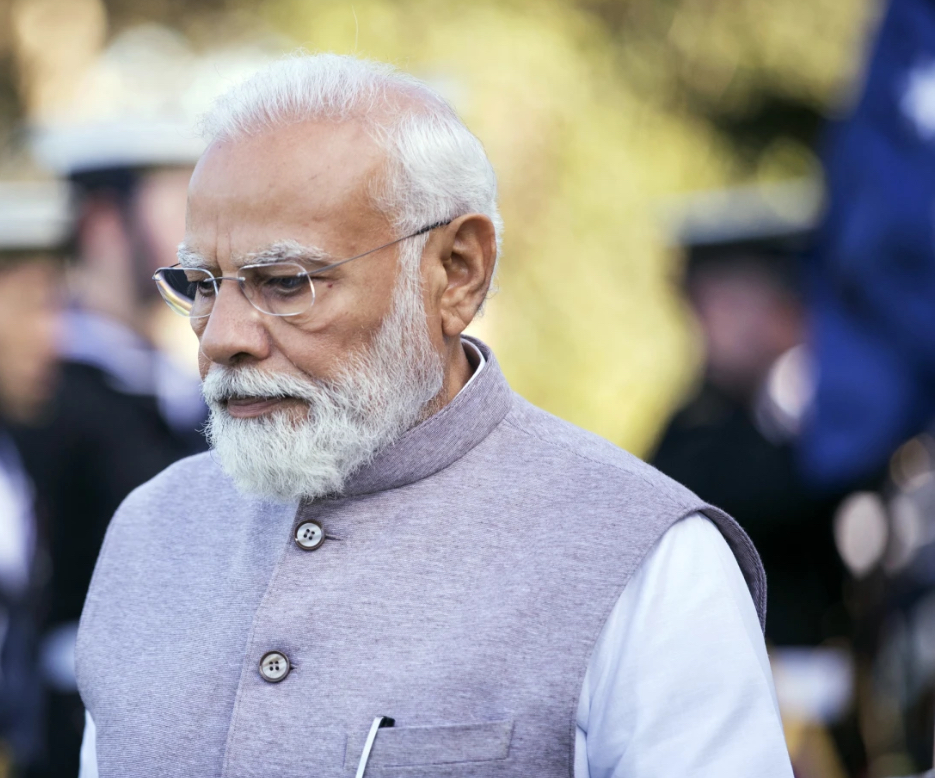

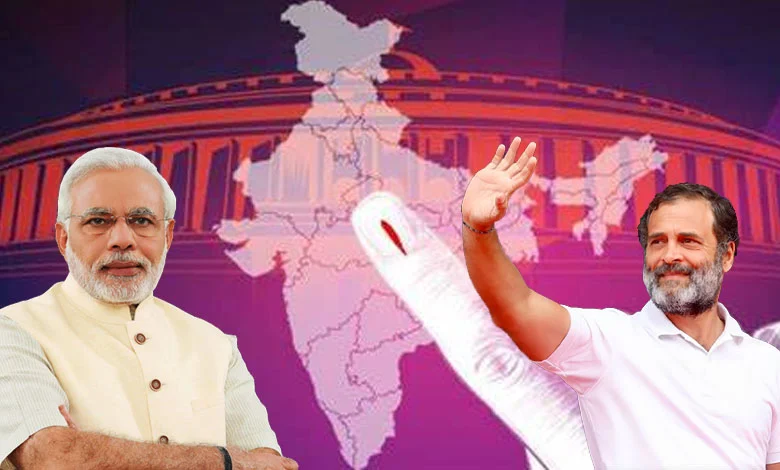
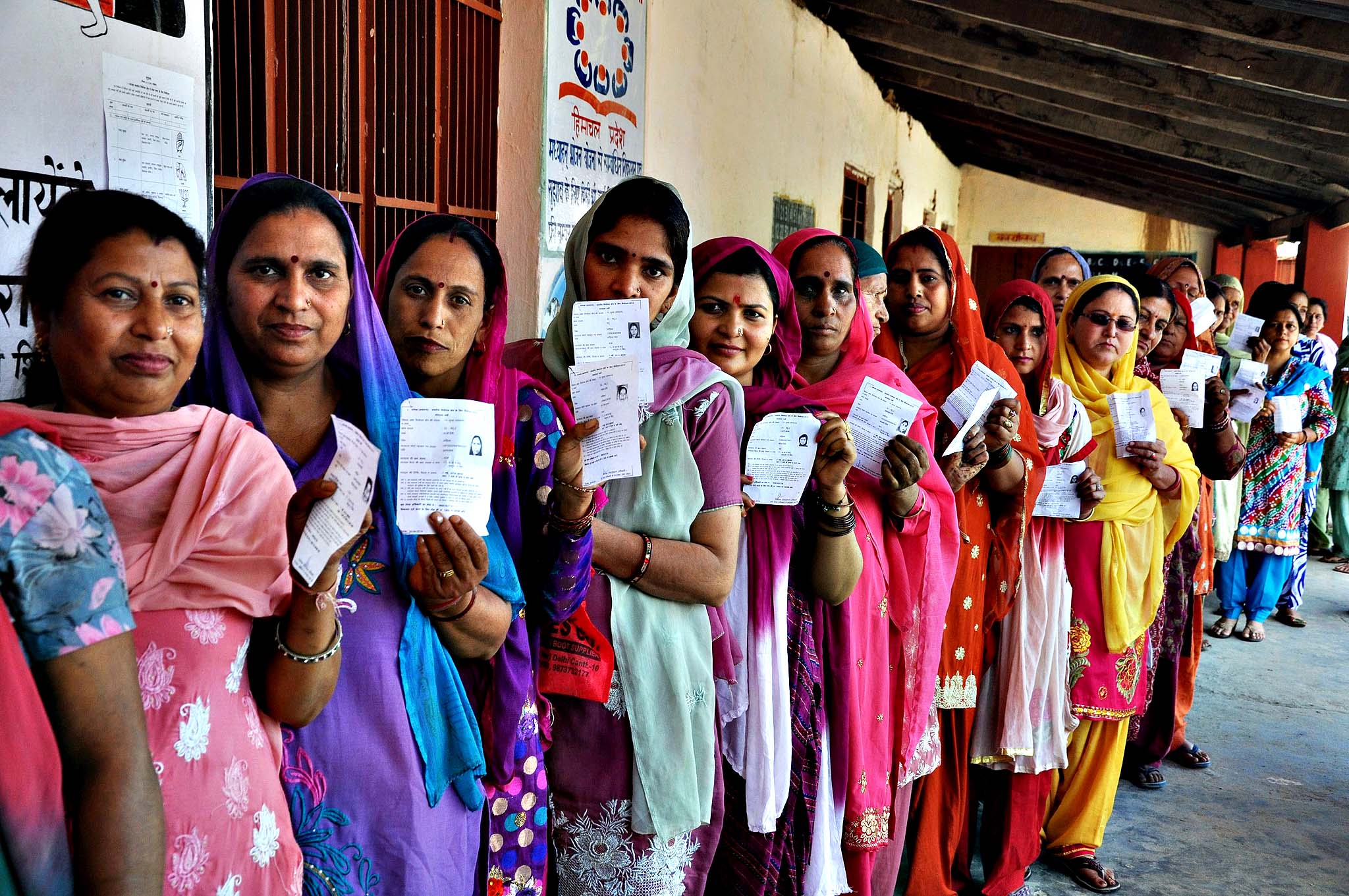







Facebook Comments